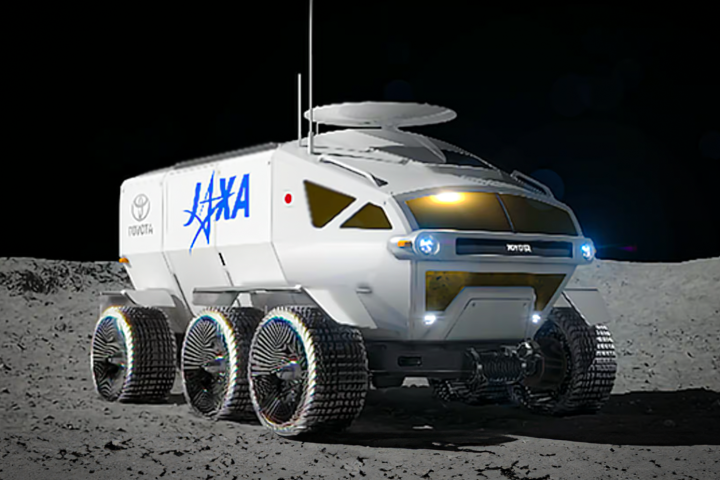A recent study has revealed that crewed missions launching to Earth’s moon and beyond may soon be facing a new challenge. Just five years from now, such ventures could be at an increased risk of extreme space weather events emanating from the Sun.
In recent years, space agencies around the globe have been gearing up for a return to the Moon. In NASA’s case this effort is a prelude to an even more ambitious venture to put boots on Mars. However, for now, the Moon is the goal. Despite the fact that humanity proved itself capable of touching its surface during the Apollo era, the move to return to Earth’s largest natural satellite is proving to be a phenomenally challenging and time-consuming task.
Along with developing the necessary complex systems needed to keep astronauts safe in this hazardous environment, NASA and its partners must also be wary of the ever-present danger posed by space weather events. The most dangerous of these events are known as coronal mass ejections (CMEs), during which instabilities in the Sun’s magnetic field result in a violent surface eruption that casts out vast amounts of superheated plasma.
Besides posing a risk to the astronauts themselves, this material can also have a damaging effect on the technology on which they, and everyone else on Earth relies.
Space Weather is also extremely unpredictable, which makes it difficult to forecast beyond the short term. That said, there are certain long-term patterns to solar storms that can help inform astronomers as to the likelihood of a large-scale space weather event.
For example, the Sun – and its powerful magnetic field – has been observed to follow a roughly 11-year-long activity cycle, during which our star’s magnetic north and south poles switch position. During each of these repeating cycles, our star experiences a solar maximum, during which it is most active and exhibits the most sunspots. It also progresses through a solar minimum – a phase in which it is relatively quiet. Each solar cycle is measured from the start of one solar minimum to the beginning of the next.
However, it is not well known how extreme space weather events fit with this pattern, largely due to the fact that they occur relatively infrequently, and so are difficult to assign behavior to.
The results of a University of Reading study suggest that planned missions to the Moon and beyond may be at a greater risk from extreme space weather events if their launch dates slip into the late 2020s. The authors combined statistical storm occurrence modelling with 150 years worth of ground-based observations of global geomagnetic data – which essentially acts as a record for space weather activity during this period.
The analysis indicated a number of key characteristics of extreme space weather events.
It was discovered that the most extreme events occurred during longer solar cycles, and that storms of all sizes were indeed more likely to occur during the maximum of a given solar cycle.
It was also found that the most extreme space weather events were more likely to occur early on in even-numbered solar cycles, and later in odd-numbered cycles. According to the researchers behind the study, this quirk in extreme storm timing could result from the position of the Sun’s magnetic poles relative to Earth’s during these periods.
The Sun entered its most recent (and current) odd-numbered cycle – number 25 – in December 2019. Therefore, according to the results of the new study, any crewed missions to the Moon and beyond that take place between 2026 and 2030 are more likely to be met with an extreme and potentially dangerous space weather event.
That includes NASA’s Artemis program, which is slated to launch humans to the Moon in 2024, though the complexities of the endeavor could see that target date slip late into the 2020s.
A paper on the study has been published in the journal Solar Physics.
Source: University of Reading




